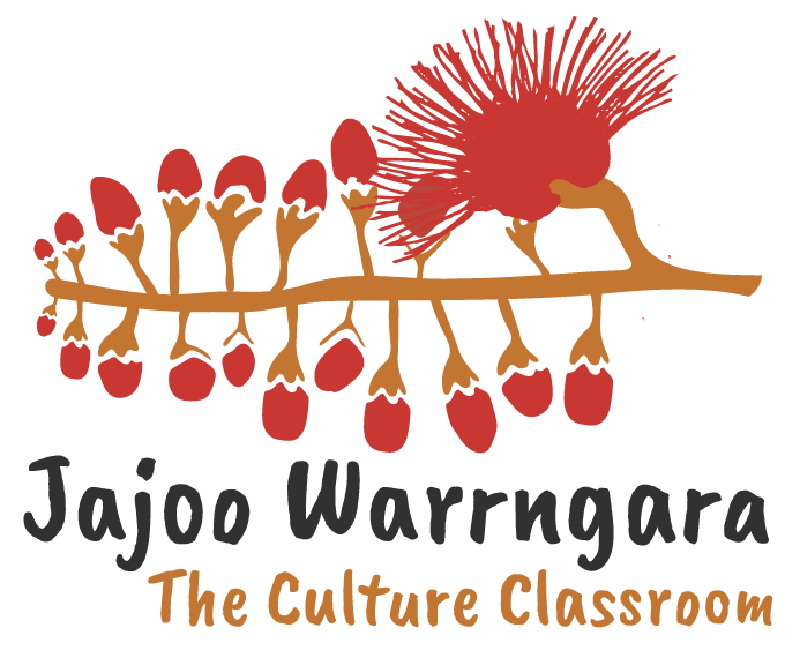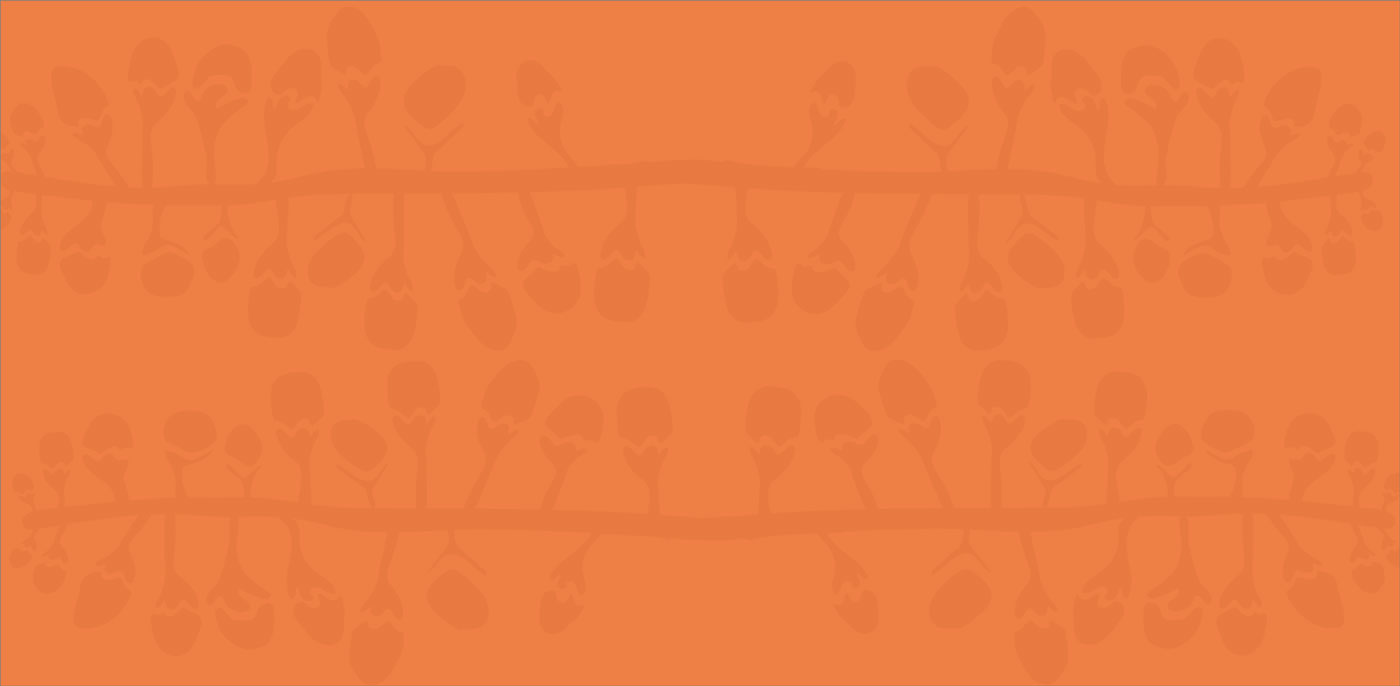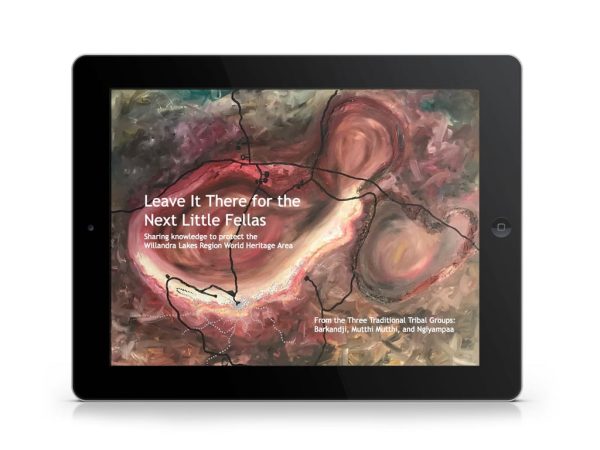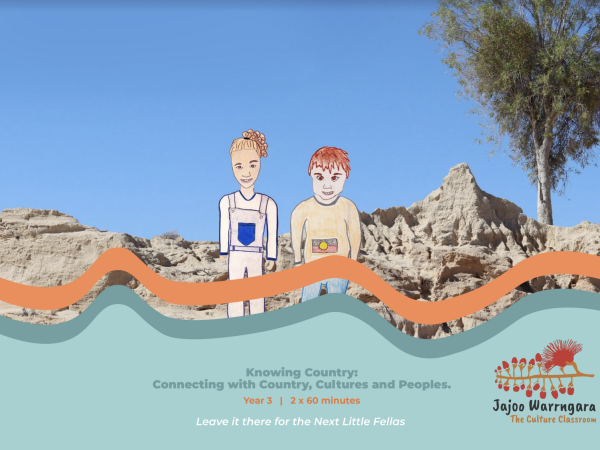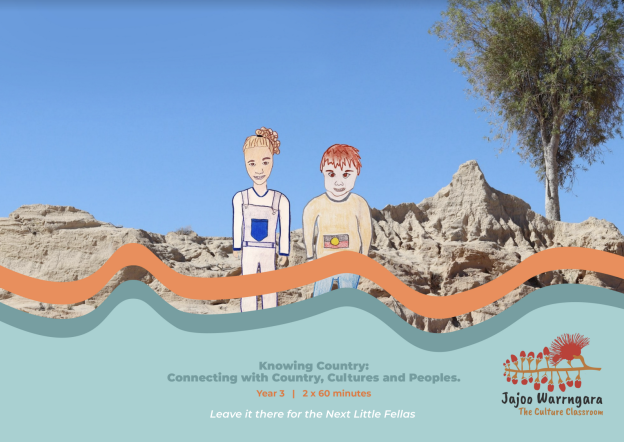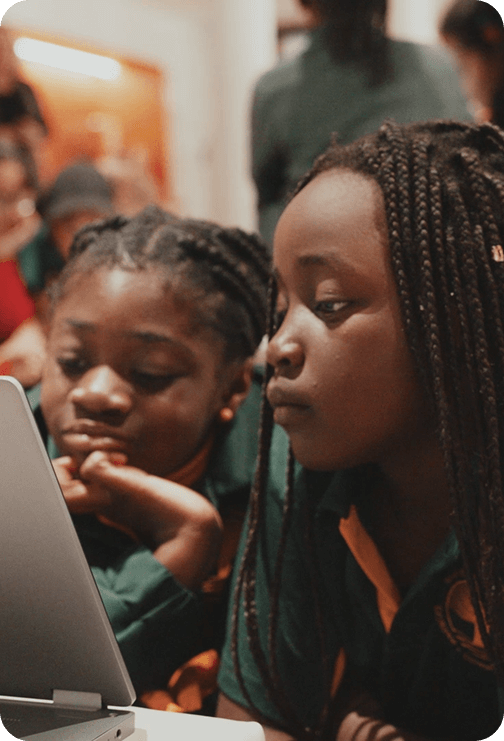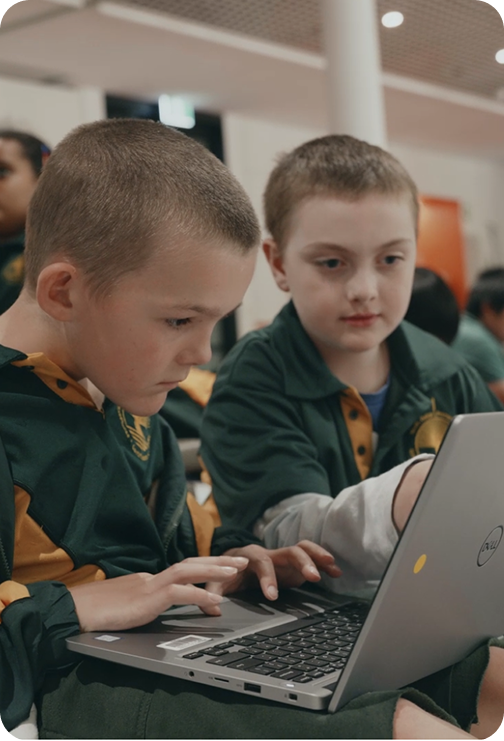Learning Areas
Aboriginal and Torres Strait Islander Histories and Cultures
In this unit
In this unit, students will explore the Country, people, and culture of the Barkandji, Mutthi Mutthi, and Ngiyampaa peoples through research, maps, and sources. They will learn about the significance of the Willandra Lakes and the importance of caring for Country. Students will also take action to care for a local site and understand what it means to be a Custodian of the land.
This unit includes:
Learning Areas
Cross Curriculum Priorities
Aboriginal and Torres Strait Islander Histories and Cultures
Sustainability
Related Units
Unit Content
